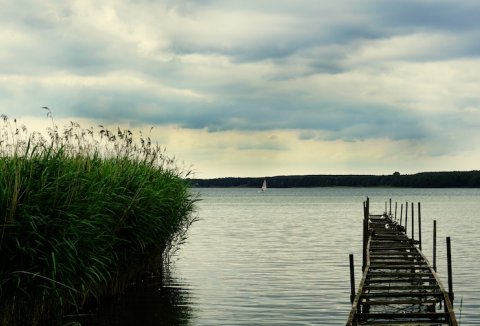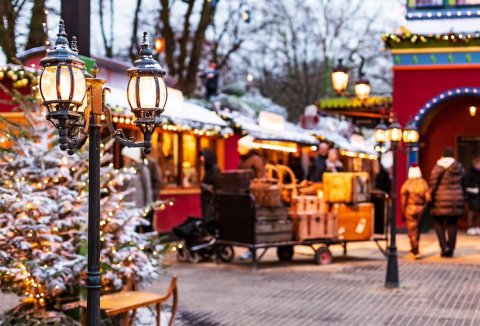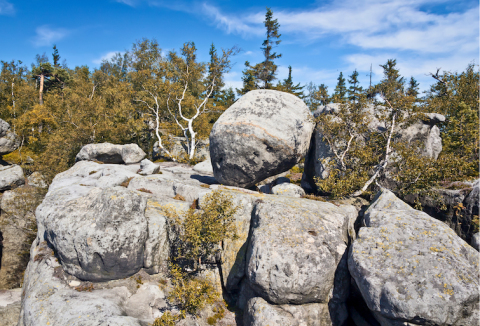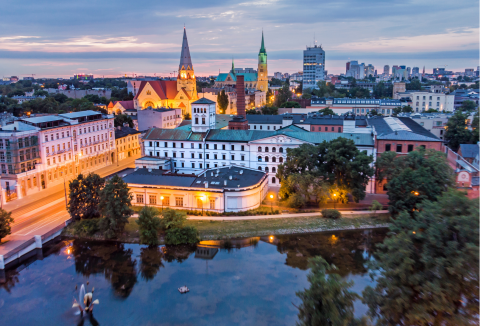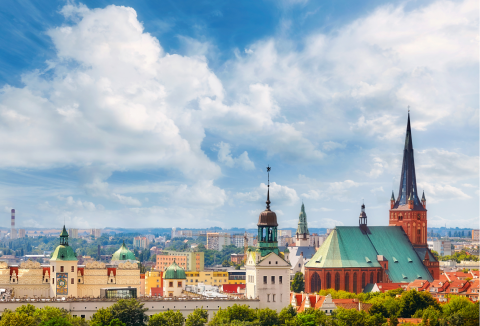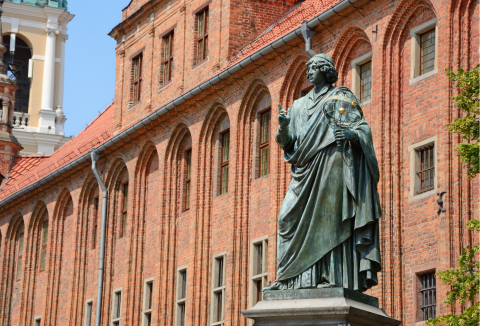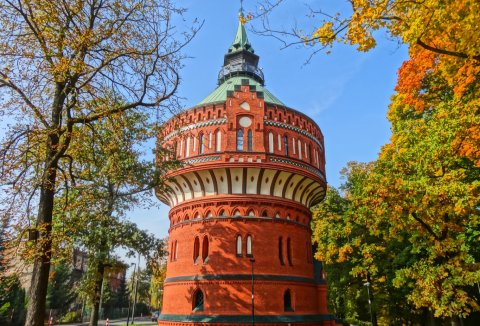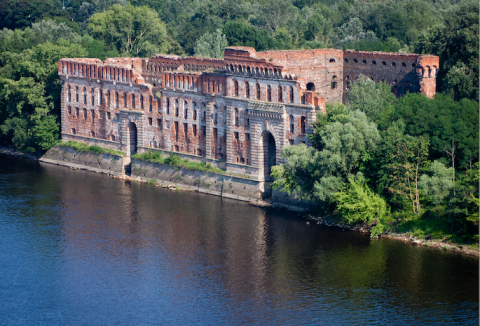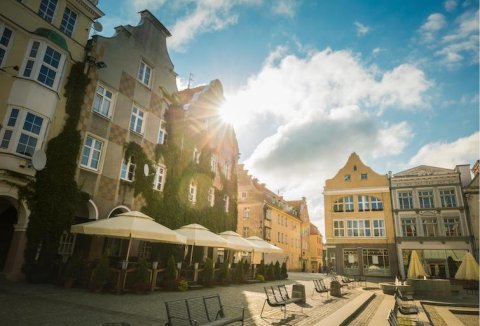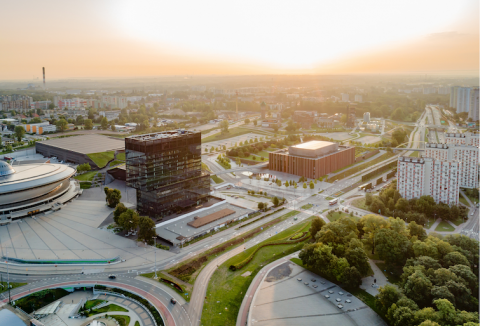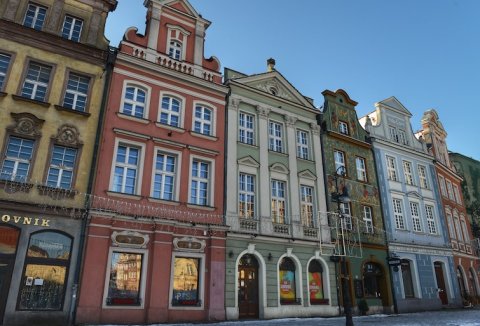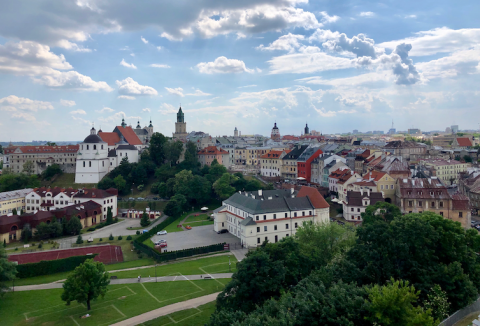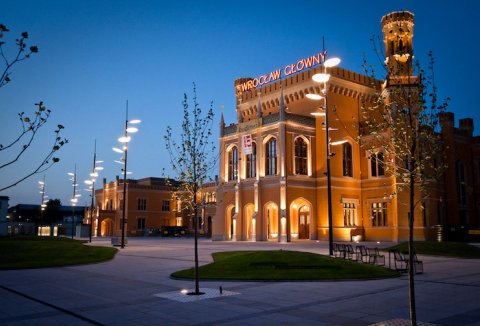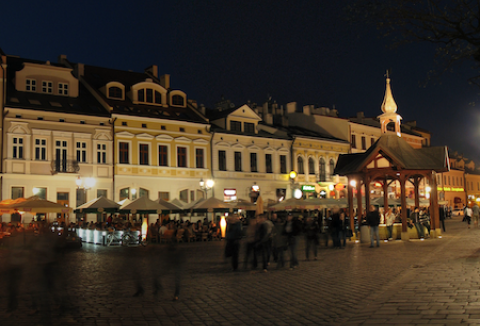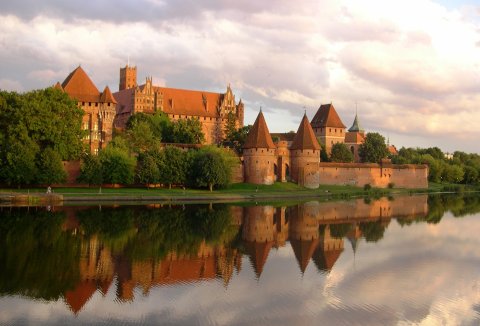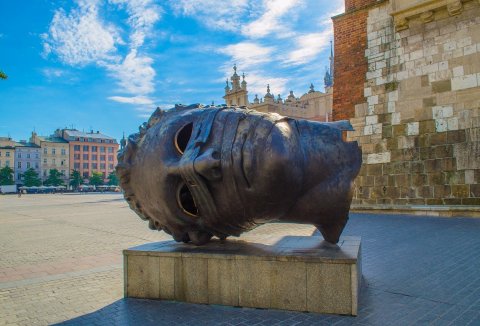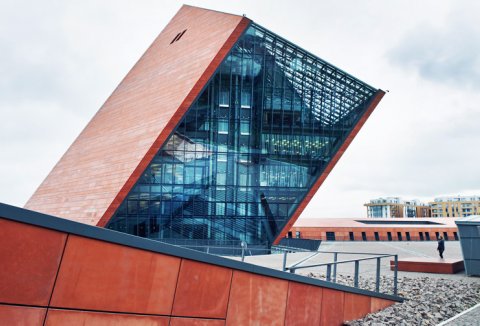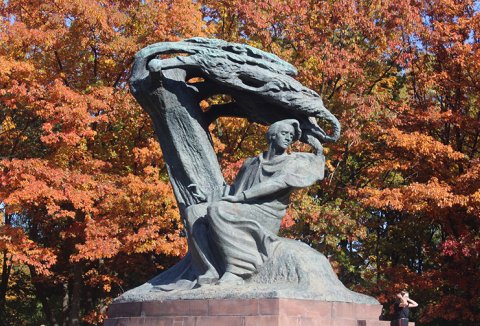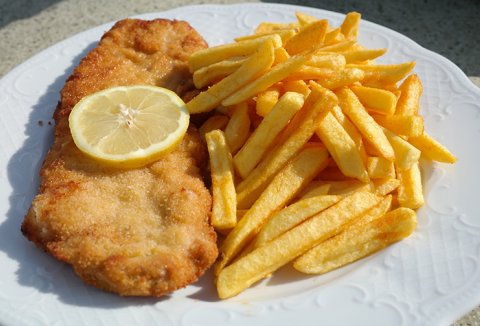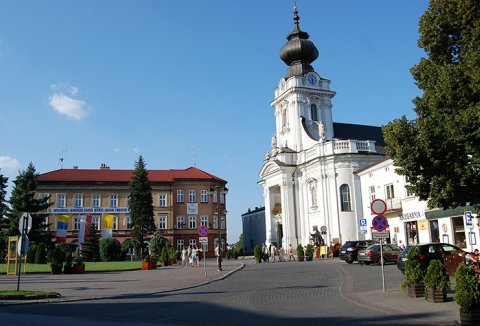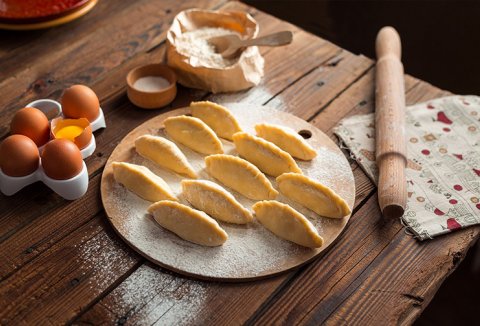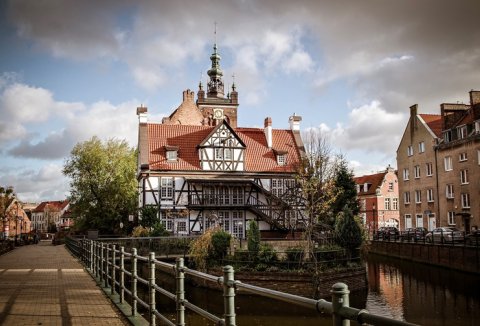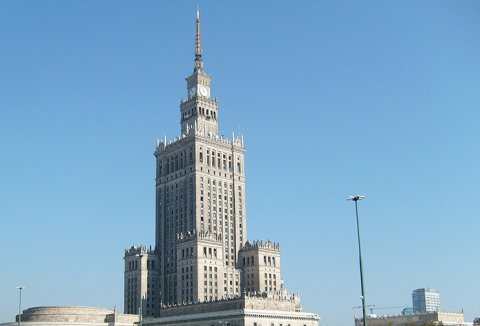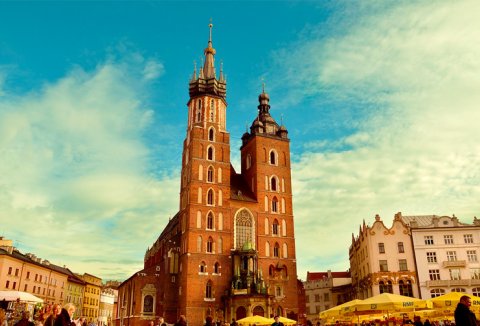Toruń: Nicolaus Copernicus and gingerbreads
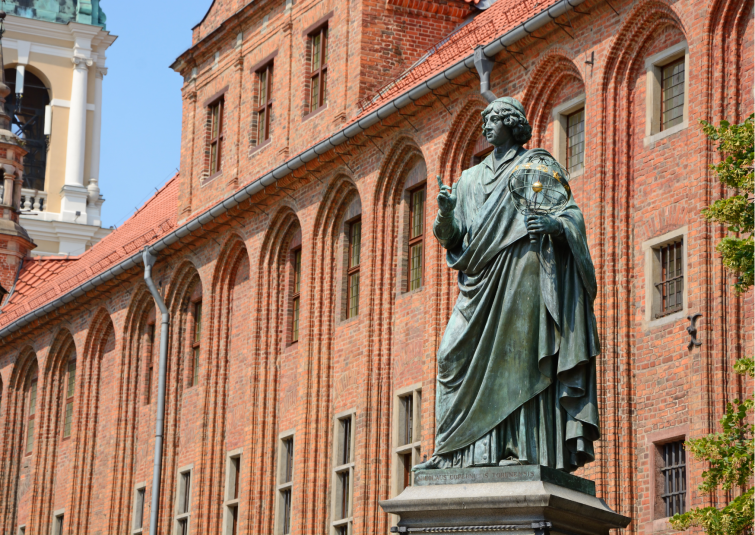
Toruń was one of the first cities in present-day Poland to be granted a town charter - this happened in 1233. The rapid medieval development of the city was due to the Teutonic Knights, who made it the capital of the Chelmno Land. As one of the Hanseatic cities, Toruń lived off trade and crafts. In the 15th century, Toruń came under Polish rule and was granted many royal privileges, which enabled its further economic and cultural development up to the time of the partitions in the 18th century. The golden age ended with the partitions - under Prussian rule Toruń declined and for over 100 years became a frontier fortress. After weaning off independence, the city returned to the path of development, and since 1999 it has been one of the two capitals of the Kuyavian-Pomeranian Voivodeship.
Where to rent a Carwiz car?
In Toruń, you can find us in the city centre, specifically in Hotel Kopernik at 16 Wola Zamkowa St. Our contact details are +48 666 406 822 and email bzg@carwiz.pl.
What to see in Toruń?
Toruń is a city whose medieval urban complex, consisting of the Old Town, New Town and Teutonic Castle, was inscribed on the Unesco list in 1997. A stroll through Toruń's Old Town is one of the many attractions this city has to offer visitors.
Ruins of the Teutonic Knights' Castle
The history of Toruń begins in 1233 when it was founded by the Teutonic Knights. It was then that the Old Town was founded. The New Town was established a few years later, in 1264. Between the Old and New Town stood the Teutonic Castle. Today, we can only admire the ruins of this castle, because in 1454 the inhabitants rebelled against the Teutonic Knights and, after conquering the castle, immediately set about demolishing it.
Two Markets
Toruń is an amazing city in this respect, as it has as many as two markets. One in the Old Town and the other in the New Town. Both are UNESCO World Heritage sites.
Toruń's Old Town Square is one of the most beautiful monuments of its kind in Poland. The square is home to the Church of the Holy Spirit, the Artus Court Cultural Centre and the Nicolaus Copernicus statue, as well as numerous pubs and restaurants. In the Old Town, there is also the Town Hall from the 15th century. Inside, visitors can admire collections of Gothic art, crafts and paintings. The Town Hall has a 40-metre-high tower with a lookout point open to tourists. From its top, there is a view of the entire Old Town and the river.
The New Town Market Square is located in the central square of the medieval New Town. The streets of the New Town have names of professions, e.g. Locksmith, Gingerbread Maker, because it was a typical craftsmen's town where manufacturing was carried out.
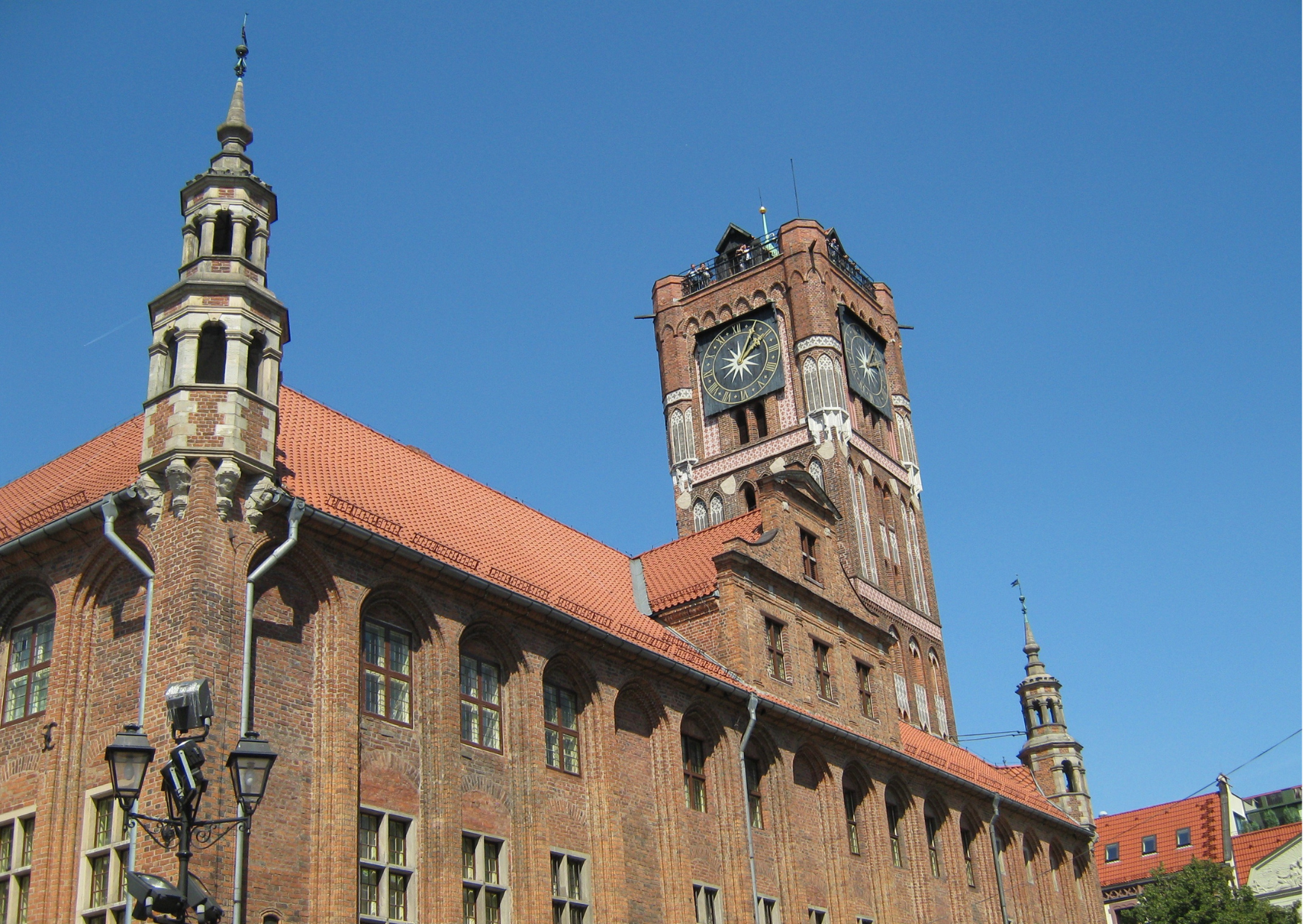
Leaning tower
Although the most famous leaning tower is in Pisa, the one in Toruń has nothing to be ashamed of. It is one of 52 fortified towers and has a tilt of 1.46 metres. What is the origin of its tilt? The tower is close to the river, so a landslide is most likely responsible for its tilt, although legend has it that it was built by a Teutonic friar in an act of penance for a broken chastity vow.
Associated with the crooked tower is the legend of the town's name. Legend has it that the Vistula River liked to swim up to the tower and confide in it about its adventures. It swam closer and closer, and the tower leaned further and further away, until finally it said "Wisła, don't swim so close, or I'll collapse!". To which Vistula replied "It's a rivulet!". This was heard by merchants who were just entering the town and thought it was its name. Since then, the city has signed itself as Toruń on maps.
Bulwar Filadelfijski
Walking enthusiasts are welcome on Bulwar Filadelfijski. It is a good place to spend some quiet time in natural surroundings. A cruise on the Vistula River can also be an additional attraction. The cult Polish film "Rejs", directed by Marek Piwowski, was filmed on the boulevard, and quotes from the film can be found on a wall along the promenade. The boulevard is located just behind the leaning tower.
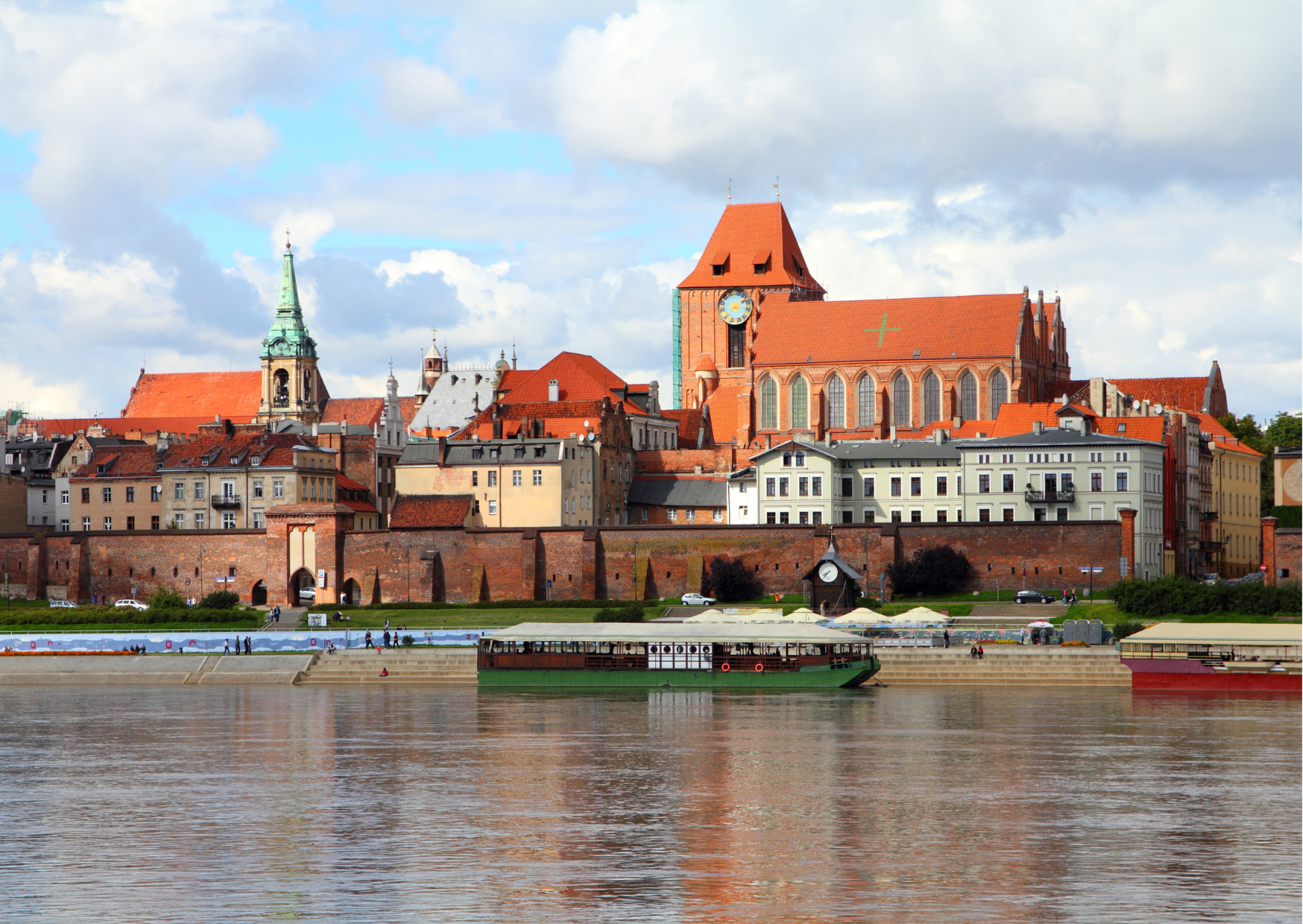
Nicolaus Copernicus
Undoubtedly, Nicolaus Copernicus is a landmark of this city. This one of the world's most eminent astronomers was born and raised in Toruń. He is its pride and references to him can be found at every turn.
A monument has been erected in his honour in the Old Town. The astronomer, dressed in a professorial toga, holds in his left hand an astronomical instrument called an armillary sphere. A Latin inscription on the pedestal says that this figure is the astrologer from Toruń, Nicolaus Copernicus, who stopped the Sun and moved the Earth. There are many customs associated with this monument. One of them is that students dress up Nicolaus during the juvenile festivities, giving him various amusing arrangements.
The Nicolaus Copernicus House is located in one of the most beautiful tenement houses in Toruń. The astrologer most likely grew up there. Today, his house is open to tourists and you can learn a lot about his life, interests and also about Toruń itself.
Another place associated with this eminent Pole is the Planetarium. It displays shows about the universe, i.e. planets, galaxies and constellations. You can feel as if you are in space there. The Planetarium has facilities for tourists from abroad. It also offers shows in different languages - English, German and Spanish.
Toruń gingerbreads
Anyone who has tasted Toruń's gingerbread at least once will love its taste. The sweet, slightly spicy pastries have been baked here for centuries. If you are in Toruń, you must try them.
Interesting fact: in the Middle Ages, gingerbread, thanks to its spices, was a sign of luxury. Pepper in the 14th century cost three times more than gold. Eating anything with a lot of spice in it was considered snobbish.
At the Living Gingerbread Museum, you can learn more about this delicacy, as well as bake and personally decorate your own gingerbread. This is an attraction that involves the whole family; lots of fun and sweetness are guaranteed!










